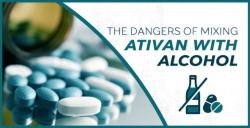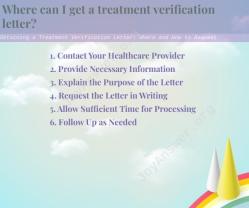Why and when use a pulse oximeter?
A pulse oximeter is a medical device used to measure the oxygen saturation (SpO2) of your blood and your heart rate. It does this by shining a light through your skin and measuring the amount of oxygen-carrying red blood cells in your arteries. Here are some common reasons why and when you might use a pulse oximeter:
Monitoring Respiratory Health: A primary use of pulse oximeters is to monitor respiratory health. They are often used in hospitals and clinics to assess patients with breathing difficulties, such as asthma, chronic obstructive pulmonary disease (COPD), pneumonia, or COVID-19. Monitoring SpO2 levels can help healthcare providers gauge the severity of respiratory distress and guide treatment decisions.
Home Monitoring: Some individuals with chronic respiratory conditions or heart conditions may use a pulse oximeter at home to track their SpO2 levels regularly. This can provide valuable information to patients and their healthcare providers, helping them manage their conditions and adjust medications or interventions as needed.
Exercise and Altitude: Athletes, particularly those involved in high-altitude sports like mountaineering or competitive cycling, use pulse oximeters to monitor their oxygen levels during strenuous activities. It helps them optimize their performance and prevent altitude sickness.
Sleep Apnea: Sleep apnea is a condition characterized by interrupted breathing during sleep. Some individuals use pulse oximeters to monitor their oxygen levels overnight to assess the severity of their sleep apnea and the effectiveness of treatment, such as continuous positive airway pressure (CPAP) therapy.
Post-Surgery or Recovery: After surgery or during recovery, healthcare providers may use pulse oximeters to monitor a patient's oxygen levels to ensure they are stable and safe to be discharged.
Monitoring COVID-19: During the COVID-19 pandemic, pulse oximeters gained significant attention as a tool to monitor for low oxygen levels, which can be an early sign of severe illness. Some people used them at home to track their SpO2 levels if they tested positive for the virus.
Monitoring Pediatric Patients: Pulse oximeters are especially useful for monitoring the oxygen levels of infants and young children, as they may not be able to communicate symptoms effectively. Pediatricians often use them to assess the health of young patients.
When using a pulse oximeter, it's important to understand that readings can vary for various reasons, such as poor circulation, cold fingers, or nail polish. It's essential to follow the device's instructions carefully and, if you have concerns about your oxygen levels or health, consult a healthcare professional for a comprehensive evaluation and guidance on using the device effectively. Pulse oximeters are valuable tools for monitoring health, but they should be used as part of a broader assessment by healthcare providers when necessary.
Pulse Oximeters: When and Why to Use Them
A pulse oximeter is a small, non-invasive device that measures the amount of oxygen in your blood. It is typically clipped to your finger or earlobe, and it works by shining a light through your skin and measuring how much light is absorbed by the oxygen-carrying red blood cells.
Pulse oximeters are used in a variety of settings, including hospitals, clinics, and homes. They are commonly used to monitor oxygen levels in people with chronic respiratory conditions such as asthma and COPD, as well as in people with heart failure and other cardiovascular diseases.
Pulse oximeters can also be used to monitor oxygen levels during exercise, especially at high altitudes. And, they can be used to monitor oxygen levels in people who are sedated or under anesthesia.
Here are some specific reasons why you might use a pulse oximeter:
- To monitor your oxygen levels if you have a chronic respiratory condition such as asthma or COPD
- To monitor your oxygen levels if you have heart failure or other cardiovascular disease
- To monitor your oxygen levels during exercise, especially at high altitudes
- To monitor your oxygen levels if you are sedated or under anesthesia
- To check your oxygen levels if you are experiencing symptoms of low oxygen such as shortness of breath, rapid breathing, wheezing, chest pain, lightheadedness, and confusion
Monitoring Oxygen Levels: The Importance of a Pulse Oximeter
Monitoring oxygen levels is important because low oxygen levels can lead to serious health problems, including organ damage and death.
A pulse oximeter is a simple and easy way to monitor your oxygen levels at home. It can be used to detect early signs of low oxygen levels, which can help you to get the medical attention you need promptly.
Health and Safety: Understanding the Role of a Pulse Oximeter
A pulse oximeter is an important tool for protecting your health and safety. By monitoring your oxygen levels, you can identify early signs of low oxygen levels and get the medical attention you need promptly.
If you have any health conditions that put you at risk for low oxygen levels, such as asthma, COPD, or heart failure, talk to your doctor about using a pulse oximeter at home.












